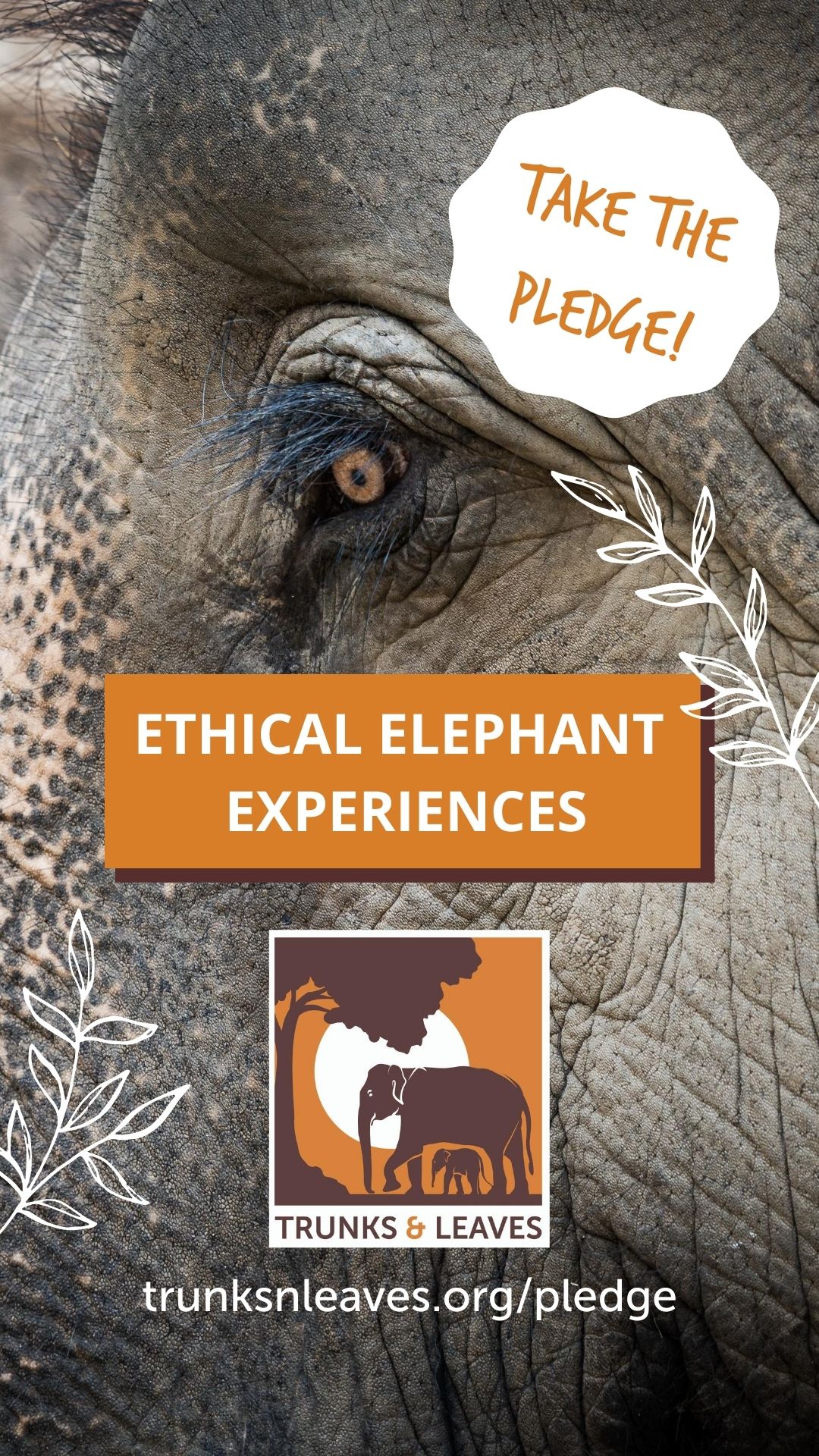Trunks & Leaves is dedicated to the conservation of wild Asian elephants and their habitats. As such we do not engage in advocacy of any kind pertaining to captive elephant welfare. However, we are from time to time asked questions regarding concerns about captive elephants or called upon to engage in actions regarding them. Here we outline our views with respect to captive elephants in general, especially the ways in which certain issues to intersect with conservation concerns for wild Asian elephant populations, and our stance as well as actions concerning them.
|
Our Position
1. Captive elephants outside the 13 Asian elephant range states (e.g. zoos, sanctuaries etc.):
|
Related Links
|
|
Captive elephants outside the range states can potentially play an important role in instilling public appreciation for the species and awareness of conservation concerns. They can also be valuable subjects for conducting non-invasive research (e.g. behavioral, hormonal) that would be impossible in the wild. We believe elephants should only be kept in facilities that can meet both their psychological and physical needs as reflected by the most current research from both captivity and the wild. In the simplest terms, this means:
No captive elephant population anywhere in the world is currently self-sustaining, nor have zoo-bred elephants ever been released into back into the wild. Captive breeding in zoos currently only serves to maintain the captive populations themselves, which is necessary to overcome the need to continually obtain animals from range states. Therefore captive breeding can in no way safeguard against extinction in the wild for this species. Any facility or group that claims otherwise is not backed by science. We further believe that any facility that houses elephants has a responsibility to contribute to field conservation efforts for this species in the wild to the extent that is economically feasible (preferably, to invest at least as much in field conservation as in the maintenance of the captive individuals), and to make genuine effort to engage the global public in raising awareness about conservation concerns as well as directing resources toward addressing them.
We do not believe animals from range states that have a reasonable chance of surviving in the wild (e.g. orphaned and rehabilitated juveniles) should be a source for supplementing captive populations within or outside their native countries. They should instead be released responsibly back into the wild. Likewise, we do not believe that animals that have spent a substantial portion of their lives in captivity under human care are appropriate candidates for supplementation of wild populations. 2. Captive elephants within their native range states:
Captive elephants in range states fall into several different categories and therefore need separate treatment. Our main concern about these populations is their sourcing and interaction with wild elephants. Capture of wild elephants has long been practiced as a means of obtaining animals for use in captivity, and though this practice may no longer be considered legal in many countries, it remains a concern both in terms of illegal markets and occasional officially-sanctioned captures. Sometimes captive elephants might breed with wild elephants, supplementing the captive population but simultaneously exposing wild populations to disease and pathogens.
|
|





